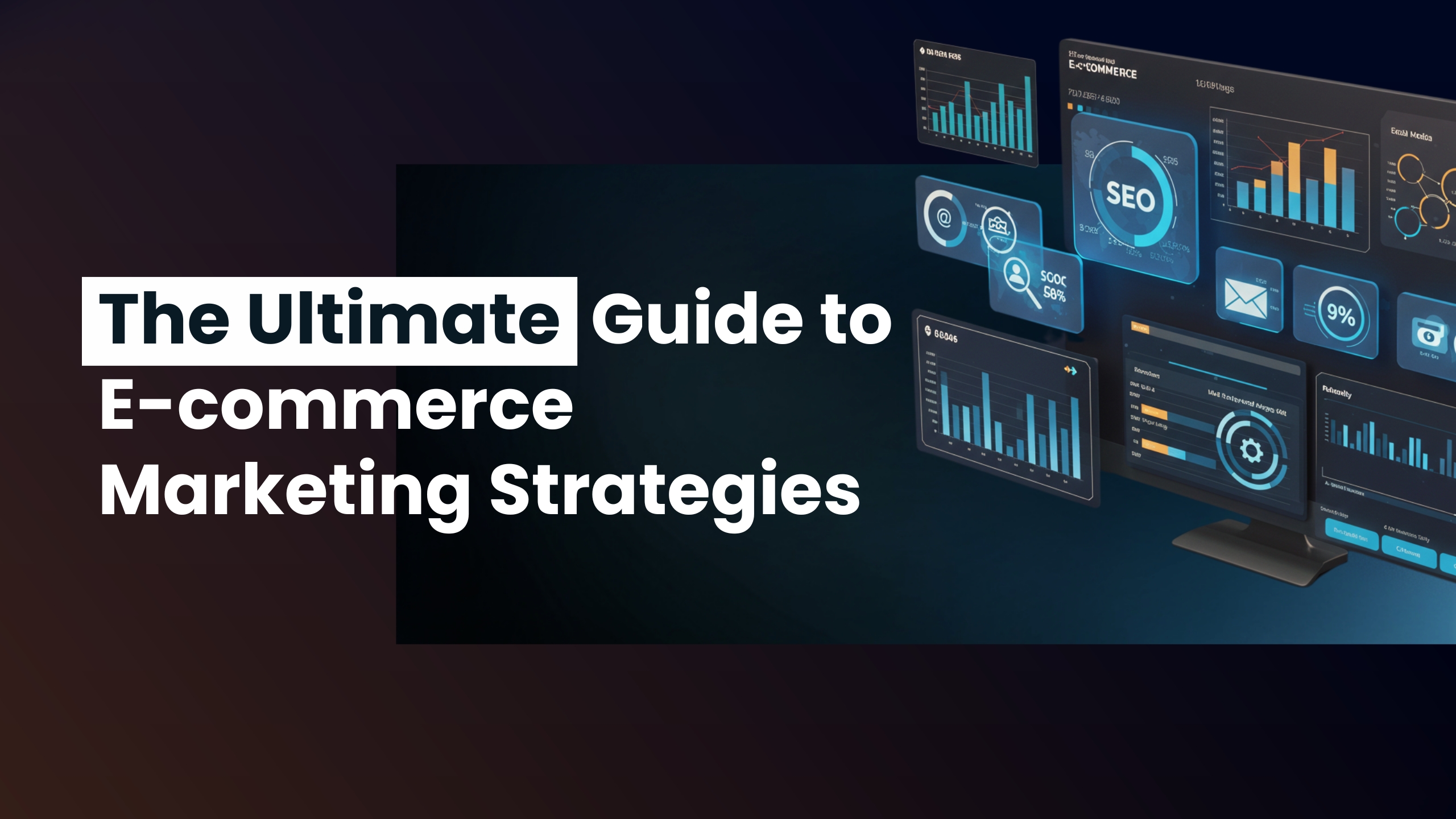The Ultimate Guide to E-commerce Marketing Strategies
In the highly competitive world of online retail, having a strong marketing strategy is crucial for success. Whether you're launching a new store or optimizing an existing one, understanding and implementing the right marketing techniques can significantly impact growth, sales, and customer retention.
- Search Engine Optimization (SEO) for E-commerce
SEO is a fundamental strategy for driving organic traffic to your store.
- Keyword Research: Identify and target high-intent keywords relevant to your products.
- On-Page SEO: Optimize product descriptions, meta titles, and URLs for better search rankings.
- Technical SEO: Improve site speed, mobile responsiveness, and structured data.
- Content Marketing: Create valuable blog posts and guides to attract potential buyers.
- Social Media Marketing for Brand Awareness
Social media platforms offer powerful ways to engage with your audience and promote your store.
- Platform Selection: Focus on networks where your target audience is active (Instagram, Facebook, TikTok, LinkedIn, etc.).
- Content Strategy: Use a mix of images, videos, carousels, and stories to keep users engaged.
- Influencer Collaborations: Partner with influencers to increase credibility and reach.
- Social Commerce: Utilize shoppable posts and direct checkout options.
- Paid Advertising for Instant Traffic
Investing in paid advertising can accelerate your growth and bring immediate results.
- Google Ads: Run search and shopping campaigns targeting high-intent buyers.
- Social Media Ads: Use Facebook, Instagram, and TikTok ads to reach your audience.
- Retargeting Campaigns: Convert visitors into customers by reminding them of abandoned carts.
- A/B Testing: Optimize ad creatives and copy for better performance.
- Email Marketing for Customer Retention
Email marketing is a cost-effective way to nurture leads and retain customers.
- Personalized Campaigns: Send tailored emails based on customer behavior.
- Abandoned Cart Emails: Recover lost sales with well-timed follow-ups.
- Loyalty Programs: Reward repeat customers with exclusive discounts.
- Automated Sequences: Set up welcome series, product recommendations, and win-back campaigns.
- Conversion Rate Optimization (CRO)
Optimizing your store for conversions ensures that your traffic translates into sales.
- User-Friendly Navigation: Ensure seamless browsing and a clear checkout process.
- Trust Signals: Display reviews, security badges, and return policies.
- High-Quality Images & Videos: Showcase products in detail.
- Limited-Time Offers: Use urgency and scarcity tactics to boost sales.
- Leveraging Affiliate and Referral Marketing
Word-of-mouth marketing can significantly enhance customer acquisition.
- Affiliate Programs: Partner with bloggers and influencers to promote your store.
- Referral Programs: Encourage existing customers to bring in new ones with incentives.
- User-Generated Content: Showcase real customer experiences to build trust.
- Data Analytics and Continuous Optimization
Measuring and analyzing marketing performance ensures continuous improvement.
- Google Analytics: Track user behavior, traffic sources, and conversions.
- Heatmaps & Session Recordings: Identify areas for UX improvements.
- A/B Testing: Experiment with different strategies to find what works best.
- Customer Feedback: Use surveys and reviews to refine your approach.
Conclusion
A well-rounded e-commerce marketing strategy combines SEO, social media, paid advertising, email marketing, and continuous optimization. By leveraging these strategies, businesses can attract more visitors, increase sales, and build lasting customer relationships. Start implementing these tactics today to scale your online store successfully.

